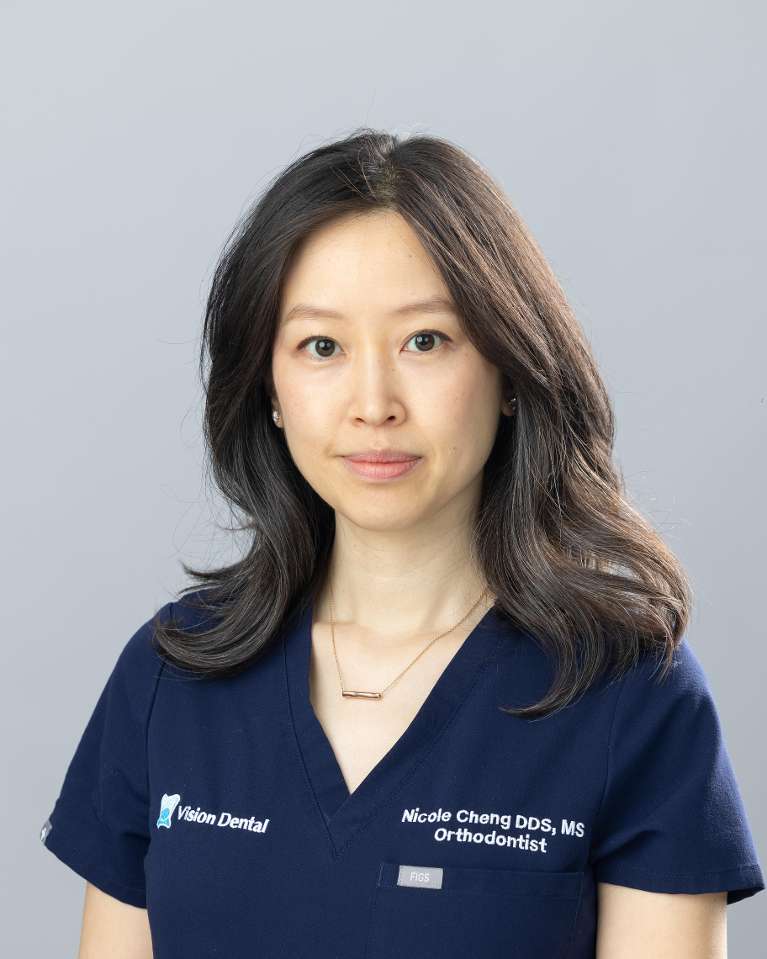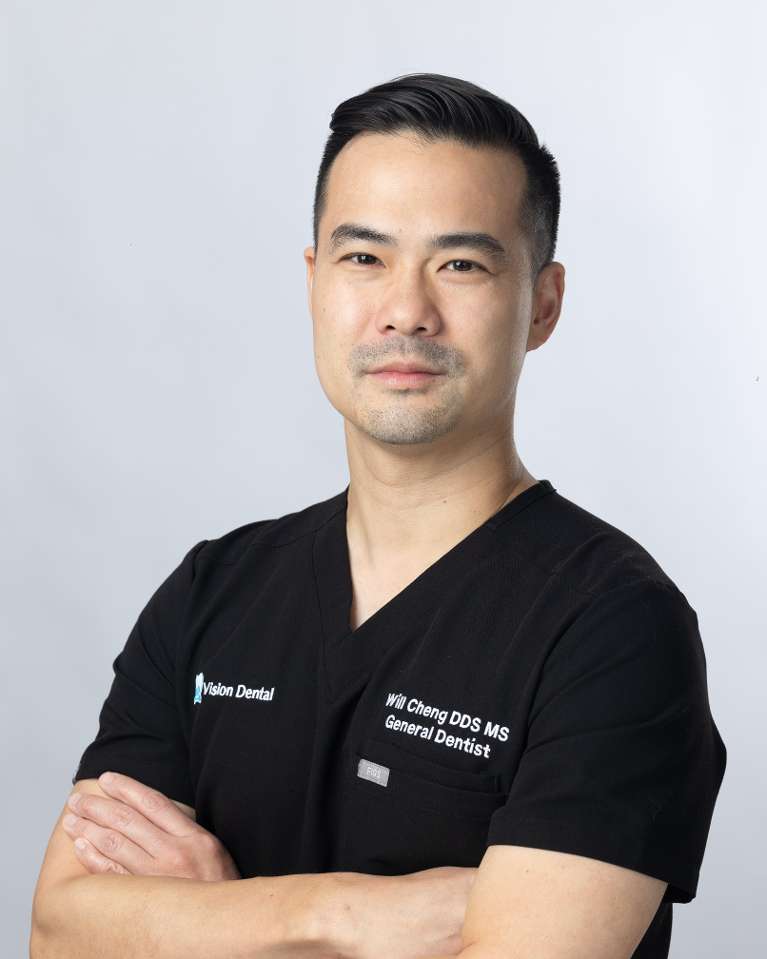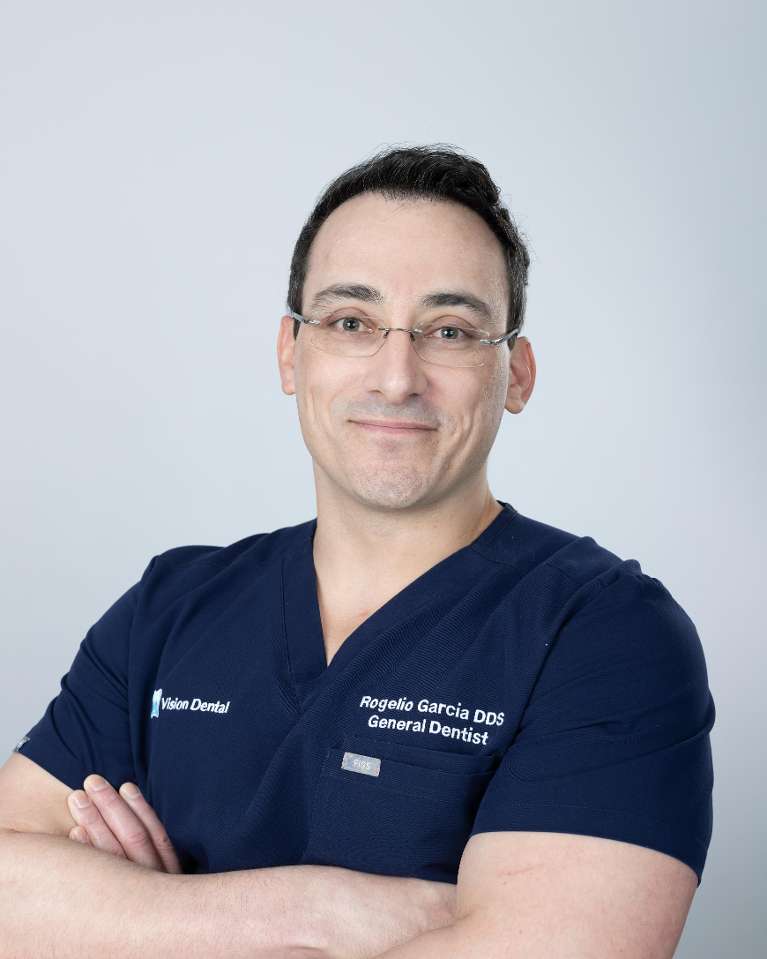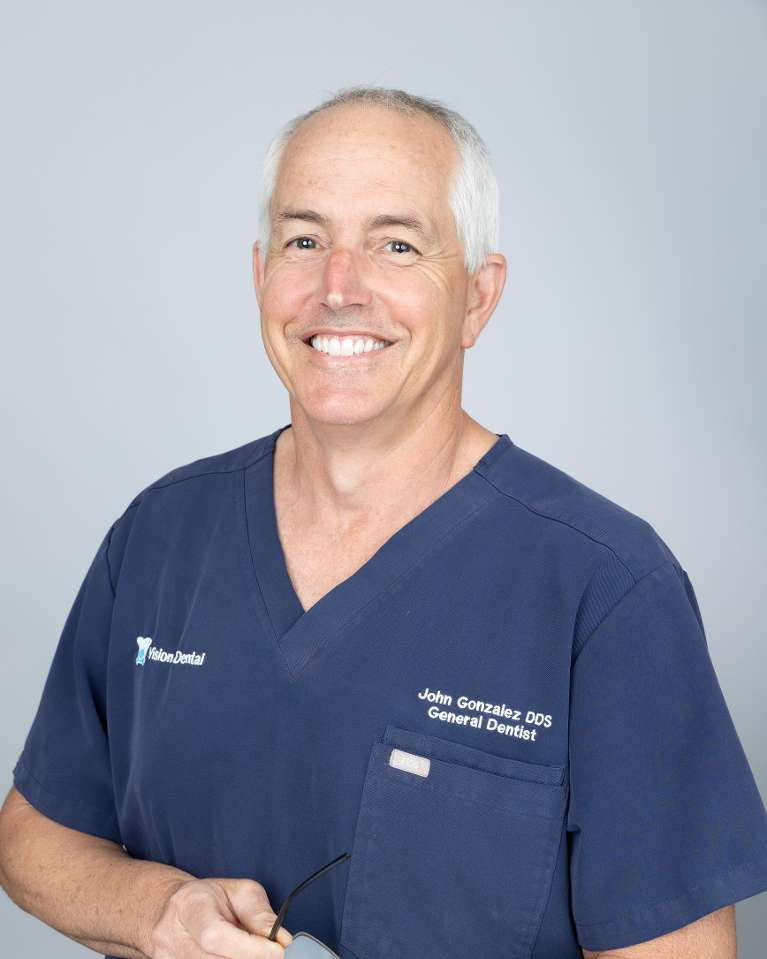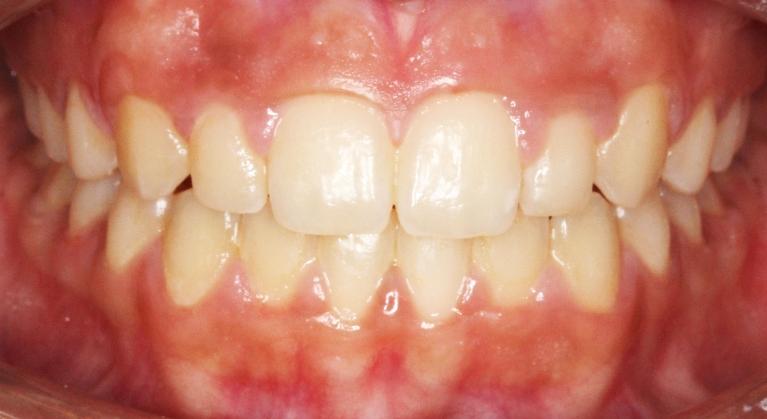Two-Phase Orthodontic Treatment for Kids in Santa Monica
Phase One Treatment
Although we tend to associate braces with teens and adolescents, there may be good reasons why orthodontic treatment should start sooner. According to the American Association of Orthodontists (AAO), every child should be screened for possible orthodontic concerns by the age of 7.

Most children do not need intervention with braces this early on, and most orthodontic issues can be resolved when they are in adolescence. We are conservative in starting treatment on younger patients, and only reserve braces at this age for reasons including, but not limited to:
- Upper front teeth protruding or sticking out. The highest incidence for dental trauma is when we are 8 to 10 years old. By bringing the upper front teeth back with braces, we can reduce the risk of trauma to them.
- Oral habits such as thumb sucking and tongue thrusting. Thumb sucking is considered persistent if it is still present at 5 to 6 years old. Different removable or fixed (cemented) appliances can be placed to help stop the habit. Tongue thrusting is present in most children up to about 9 to 10 years old. Tongue thrusting is the primary mode of swallowing as their upper and lower adult incisors are still erupting, and this is perfectly normal. If tongue thrusting continues after this time, then orthodontic treatment may be indicated to control the habit.
- Missing teeth or extra teeth. Braces may be needed earlier on to close, maintain, or create adequate spaces for the adult teeth to come in.
- Anterior or posterior crossbites. Different appliances such as expanders, headgear, and facemasks may be needed to guide jaw growth.
- Severe crowding and indications for impacted adult teeth.
- Self-consciousness or embarrassment, teasing at school. Early intervention can boost your child’s self-esteem and confidence.
If your child needs orthodontic appliances at this earlier age, it is called Phase One Treatment. The goal of Phase One Treatment is to correct the above existing problem(s) in an efficient manner, within one to one and half years.
Resting Period of 1 to 2 Years
 After Phase One Treatment is complete, your child will have appliances and/or retainers to hold the result until all the remaining adult teeth come in. As more baby teeth are shed, the retainers can be adjusted to allow the adult teeth to come in. Eventually, your child can stop wearing the retainers altogether to allow the adult teeth more freedom to erupt.
After Phase One Treatment is complete, your child will have appliances and/or retainers to hold the result until all the remaining adult teeth come in. As more baby teeth are shed, the retainers can be adjusted to allow the adult teeth to come in. Eventually, your child can stop wearing the retainers altogether to allow the adult teeth more freedom to erupt.
Your child’s growth and dental eruption will be monitored by your orthodontist during this resting period. It is important to bring your child to our office for their growth and development check-ups about once every 4 to 6 months.
Phase Two Treatment
Phase Two Treatment will start once the majority or all of the adult teeth have come in, usually about 11 to 12 years old. A successful Phase One Treatment will shorten the complexity and time for your child in Phase Two Treatment.
Braces or Invisalign Teen will be placed on all teeth to straighten and correct the bite. Typically, the average time in Phase Two will be 18 to 24 months. Your child will then wear retainers after braces are removed to hold and maintain their result.

